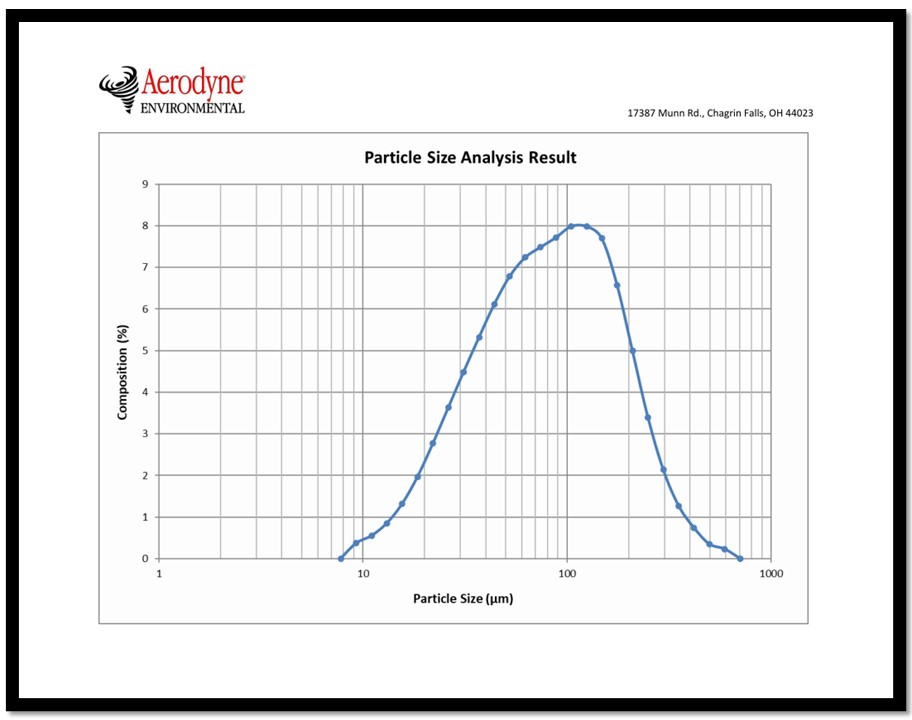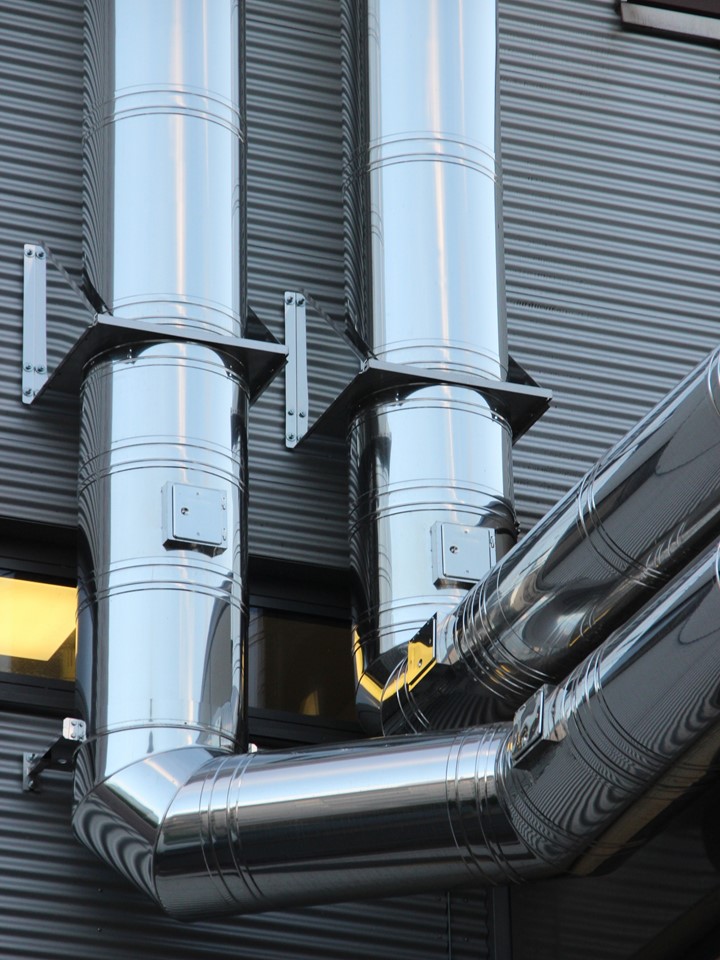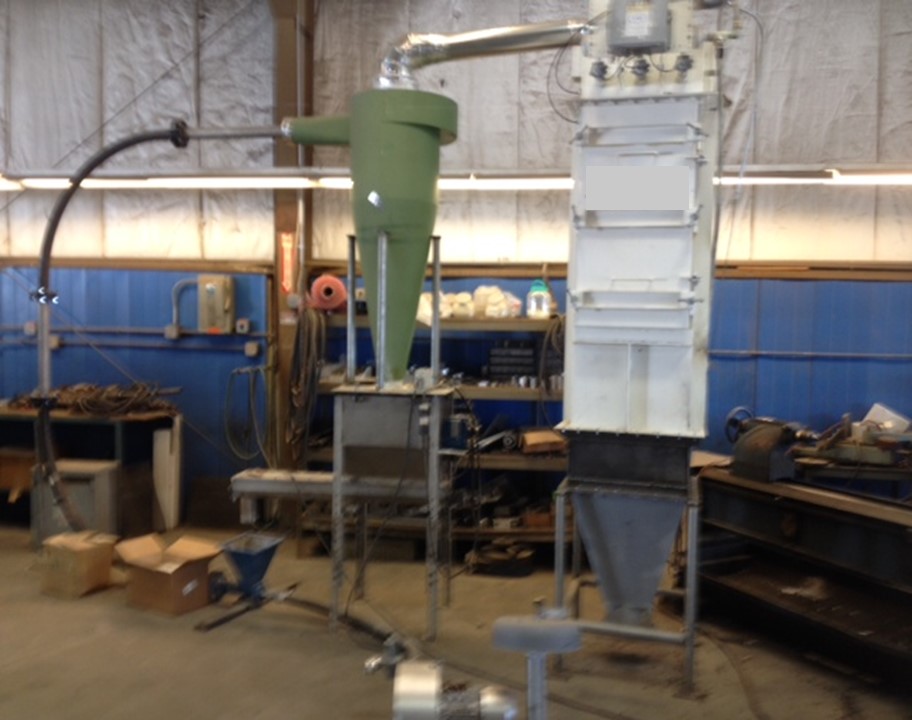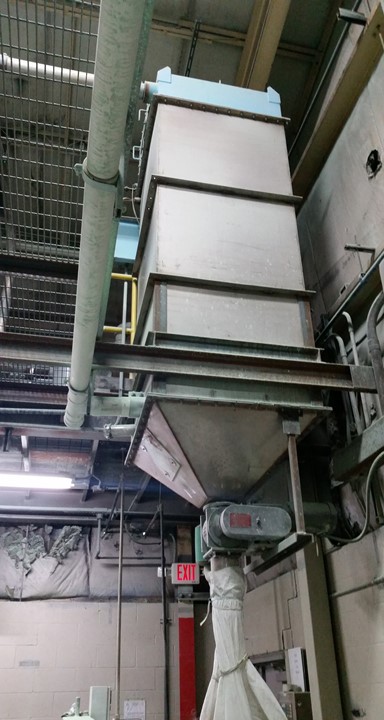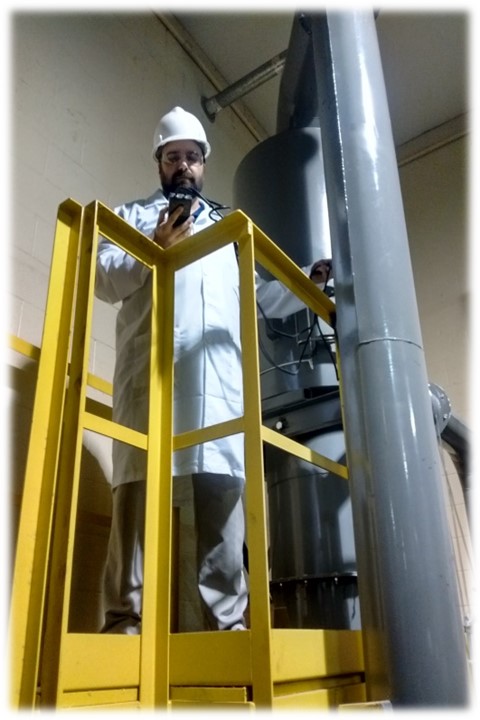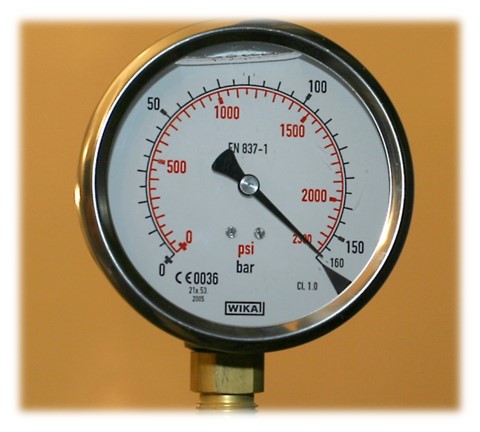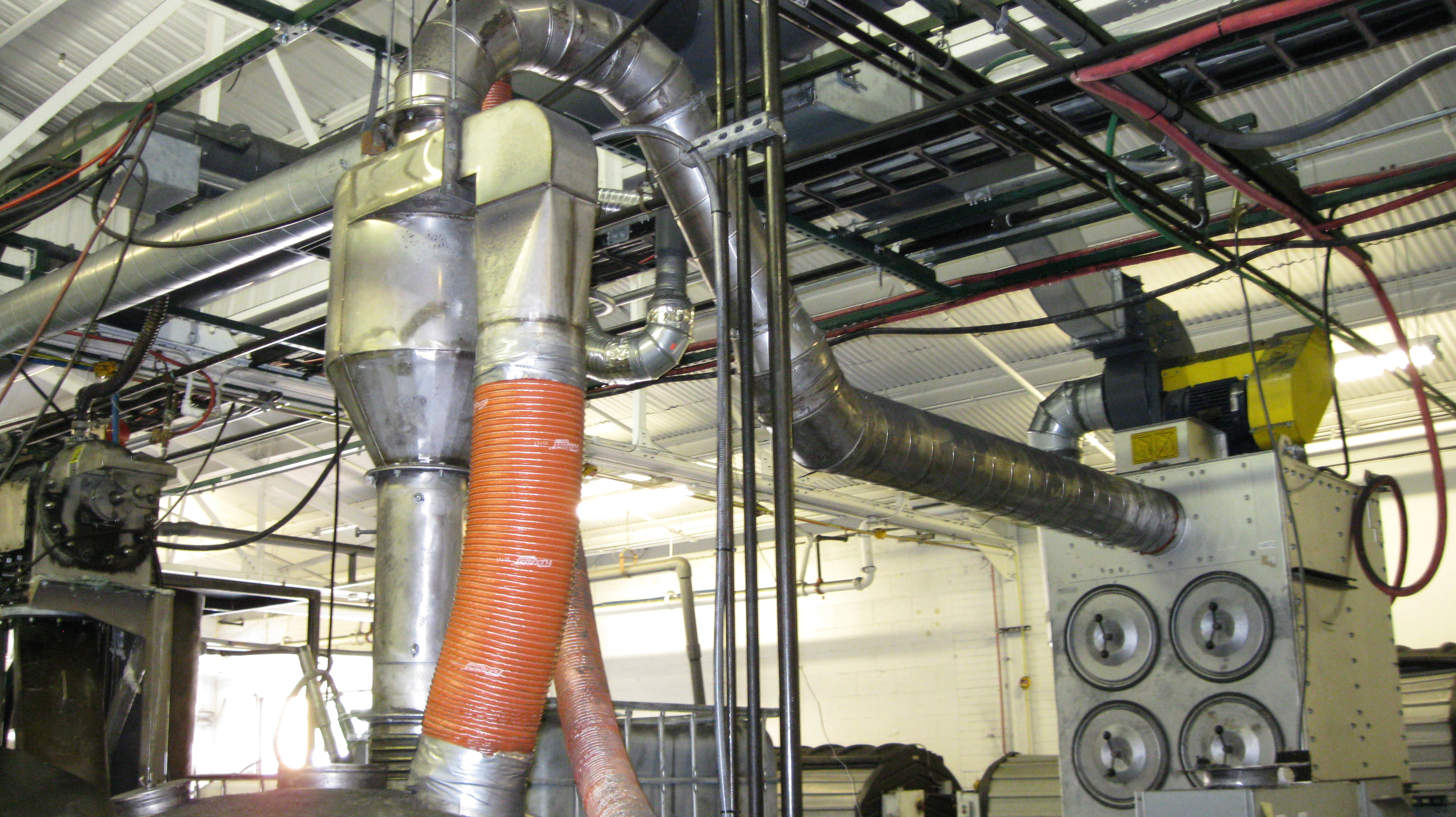In dust collection one of the most important dust characteristics to define is the particle size of the dust. The larger the dust the easier it is to capture. While the smaller the dust particle the harder it is to capture and remove from the airflow. This applies to both heavy and light particles. What this means is that in order to accurately predict your removal efficiency, you need to know the particle size distribution.
Breakdown of Particle Sizes
The most useful particle size distribution includes a breakdown of the particle sizes under 50 microns in size. Most dust collectors will pretty much capture all or nearly 99% of particles greater than 50 microns, so it isn’t as important to know if you have 5% dust at 51 microns and 3% at 55 microns, a simple 8% over 50 microns would be effective.
However, when dealing with dust less than 20 microns, knowing the particle size distribution is very important. For example, some cyclones might get you around 85% removal of 10 microns dust but 60% of 5 microns dust and only 30% of 2 microns dust. So, if you have that 60% of the dust is less than 10 microns, it isn’t known how much of that is in the 2 microns ranger or the 10 microns range. This means that when calculating your removal efficiency, the estimated removal efficiency could range from less than 30% to 85%. The only way to know is to have a breakdown of the particle sizes.
Particle Size with Standard Deviation
Another way of providing a particle size distribution is to provide a mean particle size with standard deviation. This provides a decent approximation of the particle size. Personally, I would prefer the actual test data, because you are providing actual test data and not approximations. Depending on the process of dust generation, the approximation accuracy will vary. It also requires the person estimating the removal efficiency to calculate a particle size distribution. This takes more time and increases the chance of an error being introduced.
So, when you are looking to get your dust collector engineered, remember it is important to provide the equipment manufacturer with a particle size distribution. Often times you can send a sample in to a lab and within a week or so have a full distribution curve for a few hundred dollars. This will allow the manufacturer to better understand what they have to capture and select the best equipment for your application.
How Do Horizontal Dust Collectors Work?
To learn more about which dust collector, please contact our experts at 440-543-7400 or visit our website: www.dustcollectorhq.com.
To improve efficiency and safety, there is no substitute for an on-site inspection by an experienced expert. Click below to start with a free 20-minute phone consultation by clicking the button.

